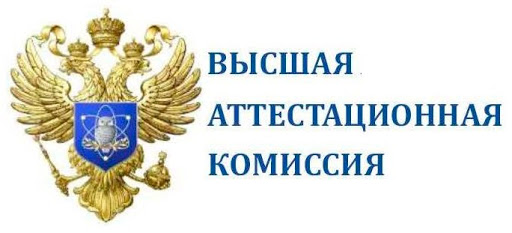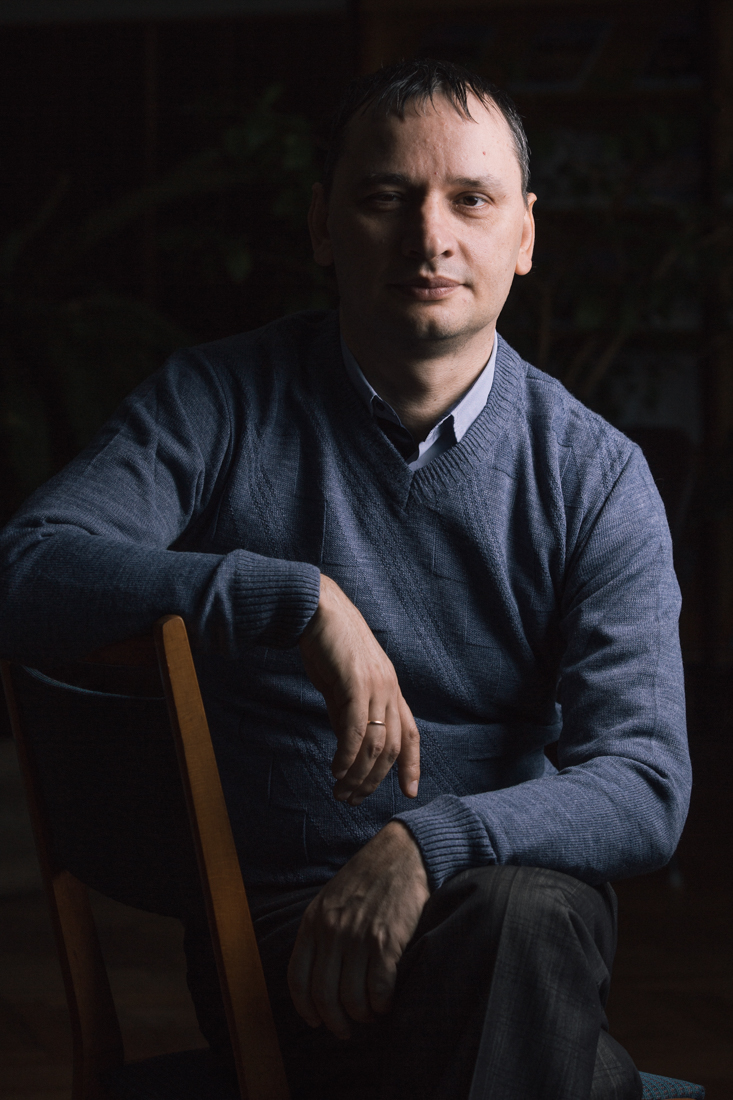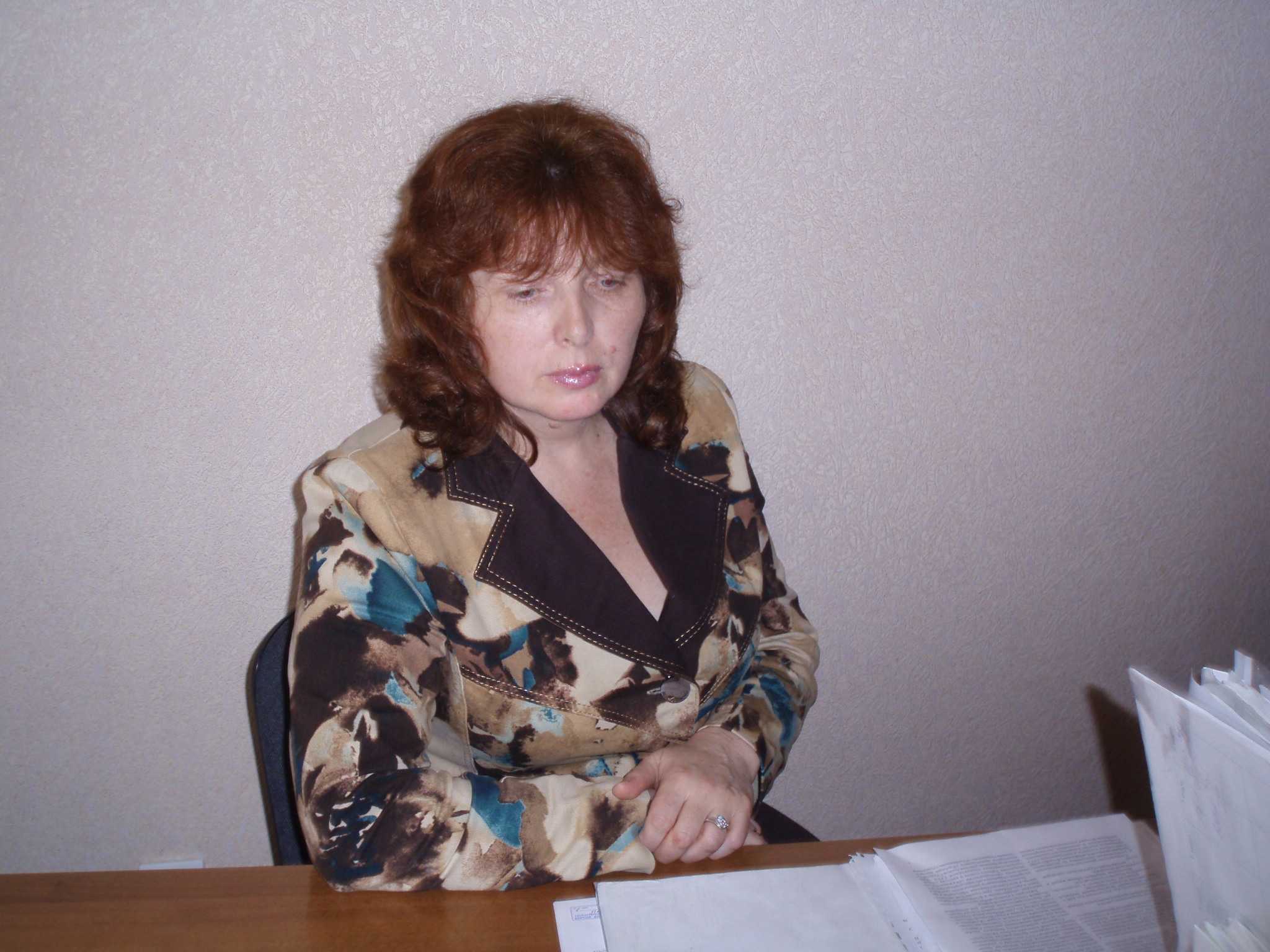Based on written sources and archaeological data, a historical reconstruction of the events associated with the Christianization of the Finno-Ugric tribe of Murom in the late 10th – mid-11th centuries was conducted. The adoption of Christianity by the Murom tribe was a turning point in its history and influenced many socio-economic and political processes that took place in the lives of peoples living in the lower Oka region. The study emphasizes that domestic researchers have not focused their attention on events directly related to the baptism of the Murom. Meanwhile, a detailed analysis of processes of Christianization of the Muroms will allow modern scholars to not only more deeply investigate the fate of these Finno-Ugrics, but also clarify many details about ancient Russian history from the late 9th to mid-12th century. In the process of historical research, the authors used texts from the ancient Russian chronicles of the 12th – 17th centuries, such as “The Life of Saint Constantine of Murom”. They also used materials from archaeological research on Murom settlements and burial sites from the 10th – 11th century. Historical-analytical and problem-chronological methods were used in the study. Comparative and retrospective analysis were also employed when comparing different theoretical views on analyzed problems. According to the authors, Christianization of Murom took place in three stages. In the late 10th century, refuge settlements were built in Murom and Pyatnitskoye, which became outposts for grand princes' power. The first Christian communities emerged in the Murom area. The second wave of Christianity was associated with Prince Gleb's arrival in the lower Oka region. The young ruler managed to baptize a significant part of the Murom tribe, but he was unable to force all the inhabitants of the Murom settlements and the capital of his patrimony to accept Christianity. Large-scale Christianization of Murom took place in the middle of the 11th century during the reign of Prince Konstantin Svyatoslavich. Under pressure from the new ruler, the inhabitants of Murom accepted Christianity, and the population of other pagan enclaves in the lower Oka region abandoned their settlements.
Key words: Christianization of Murom, Prince Gleb Vladimirovich, Prince Konstantin Svyatoslavich, ancient Murom, Murom settlements, Murom burial grounds
DOI: 10.22250/2072-8662-2025-3-33-45
About the authors








